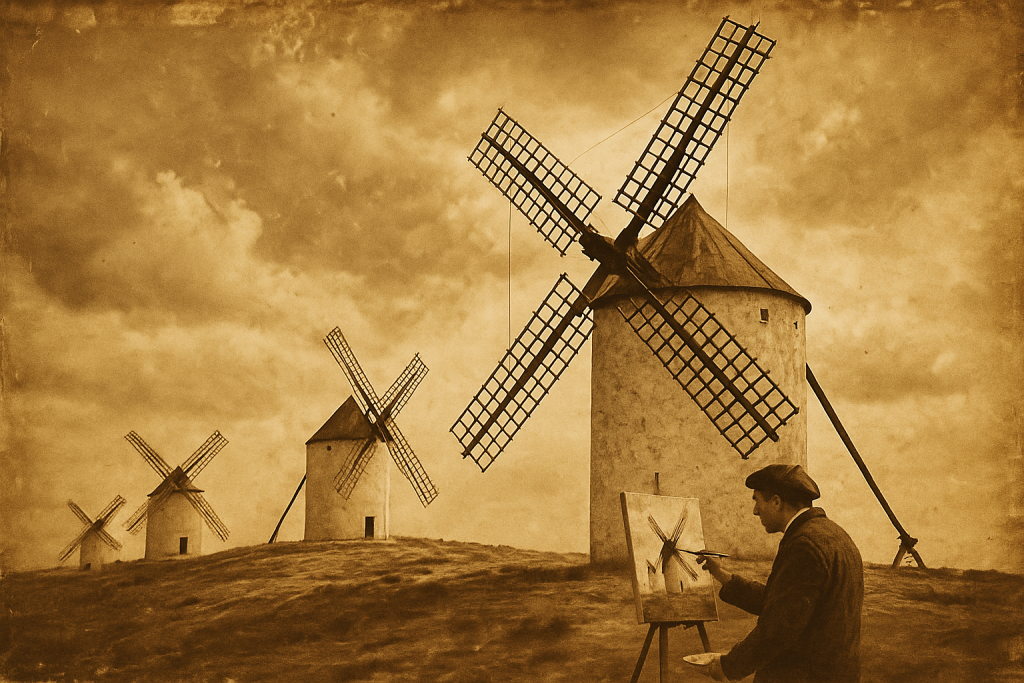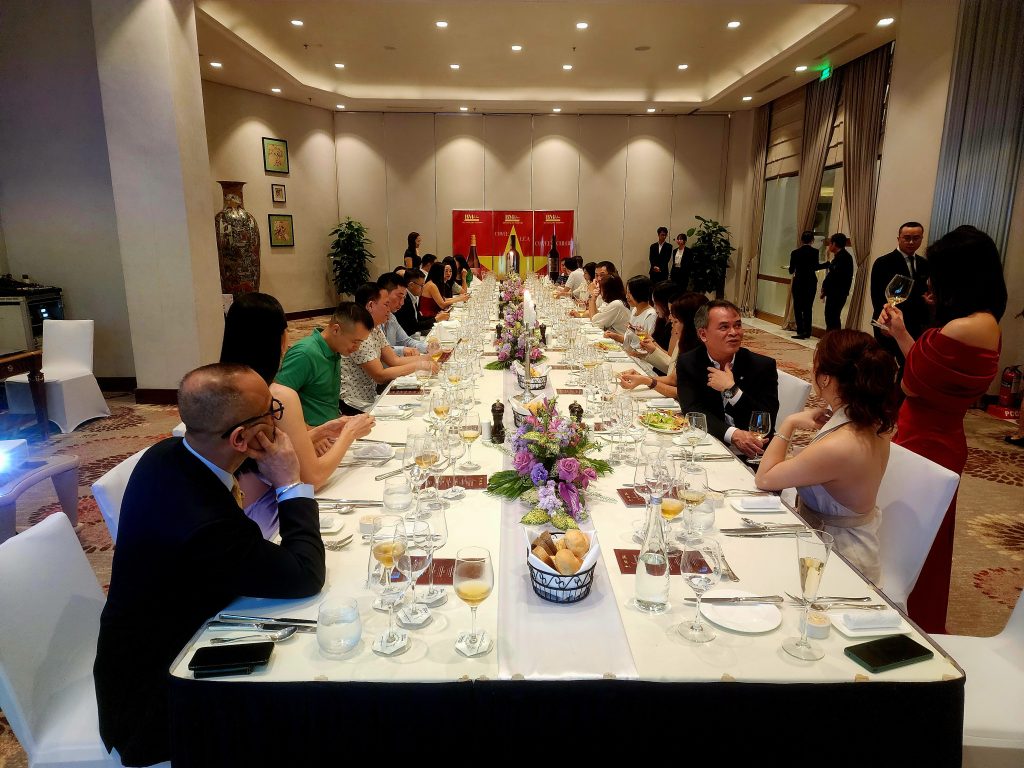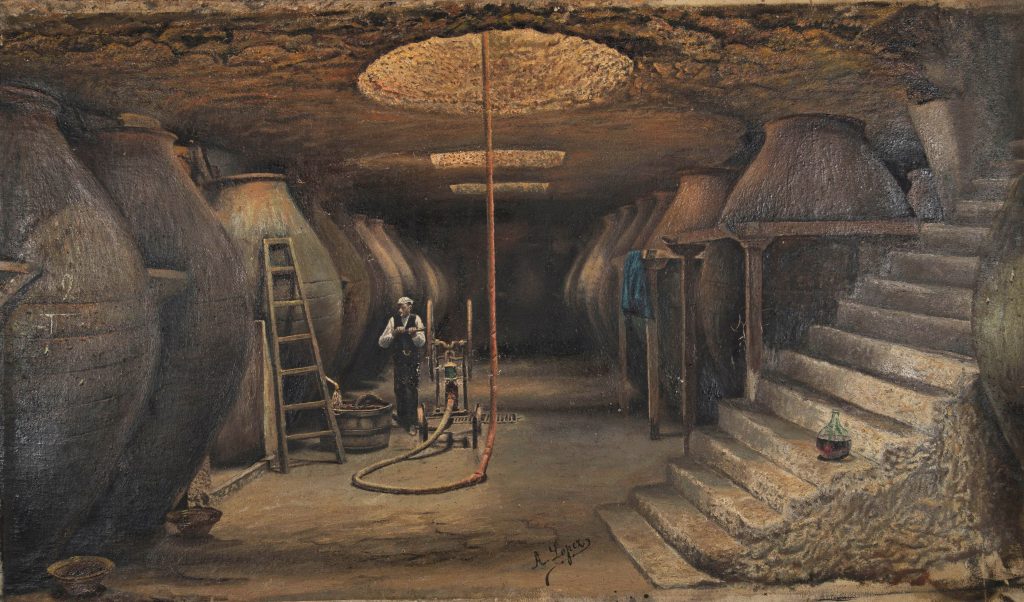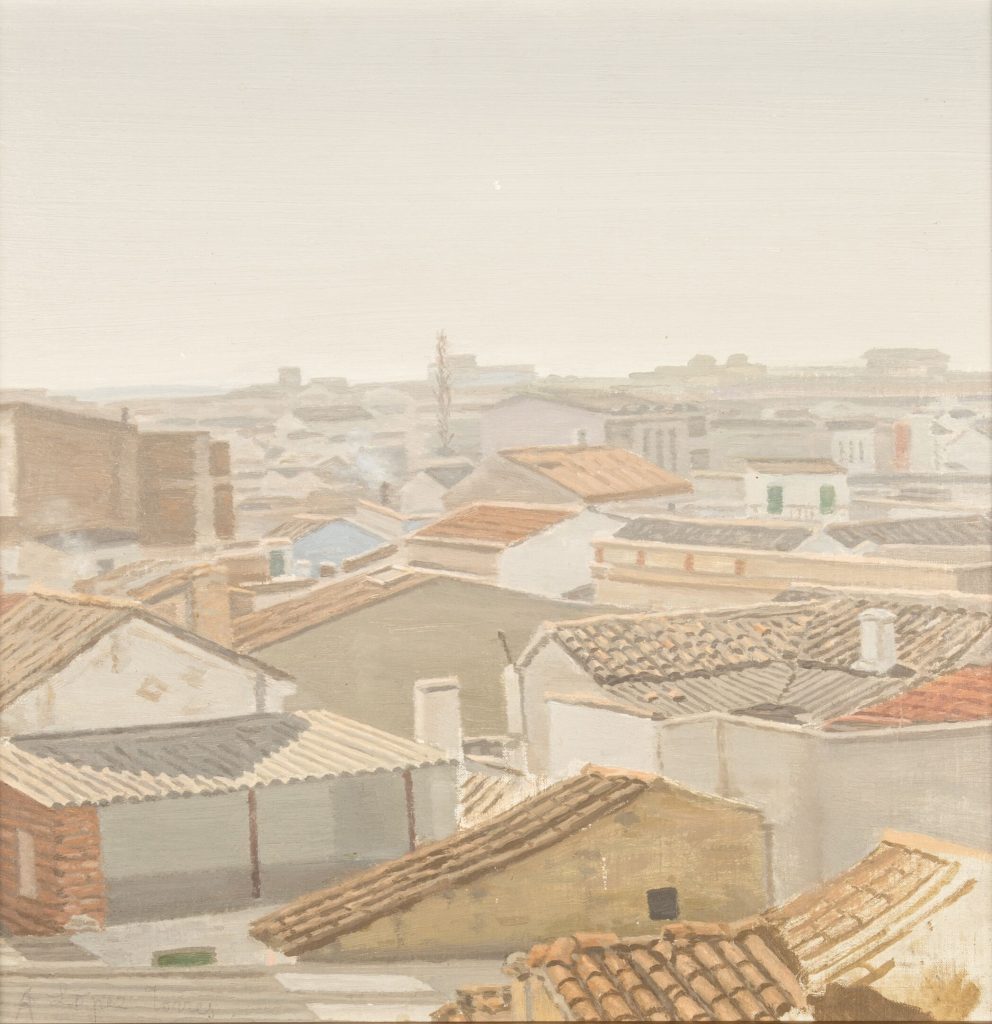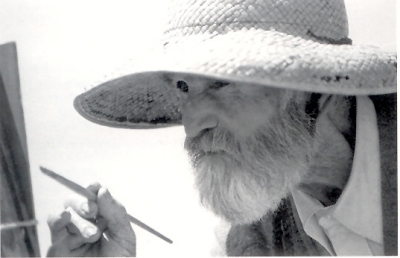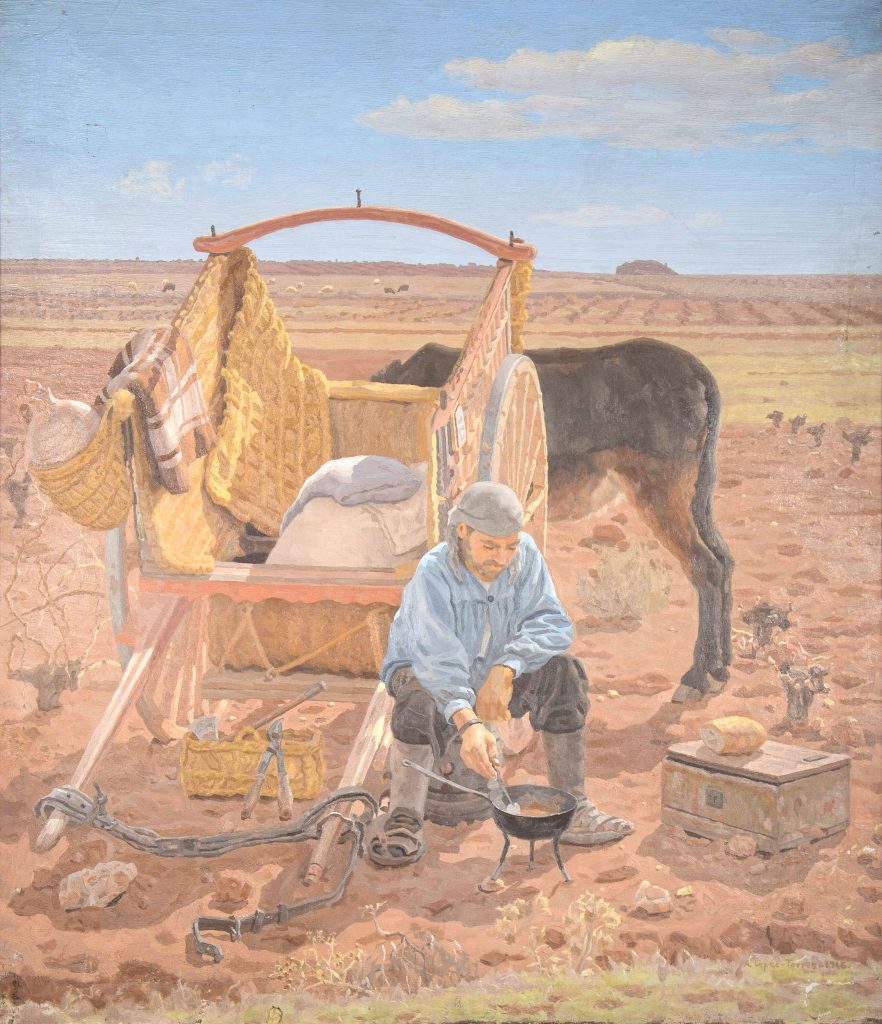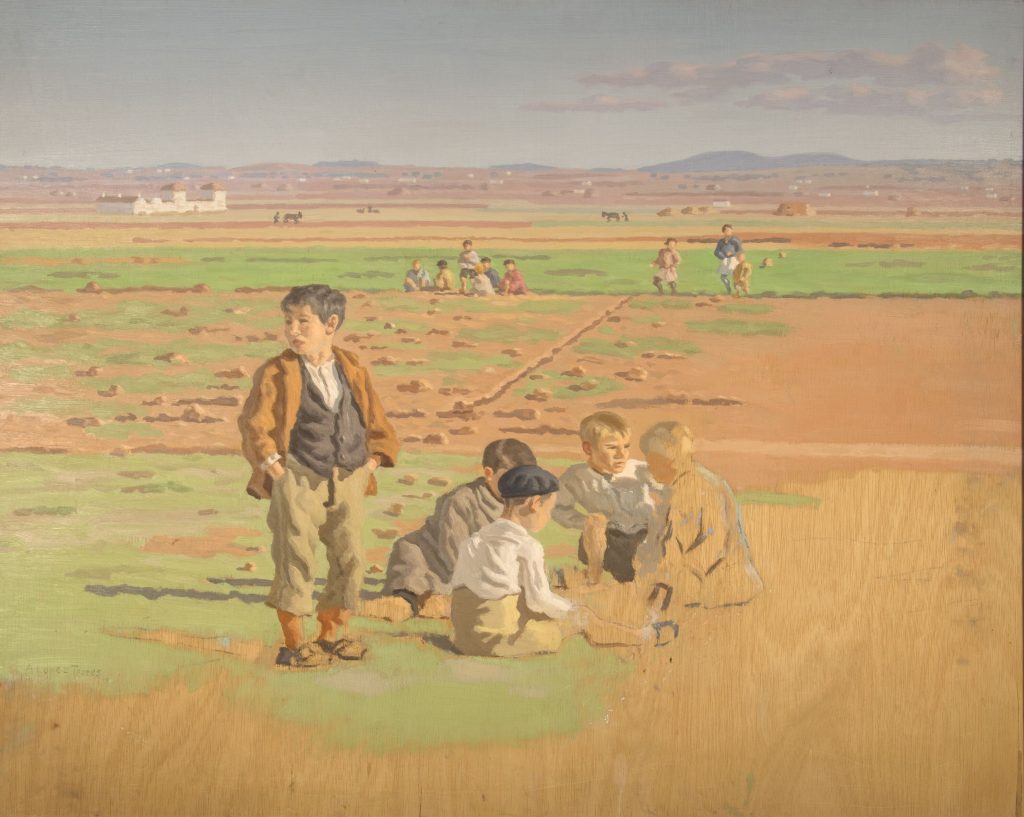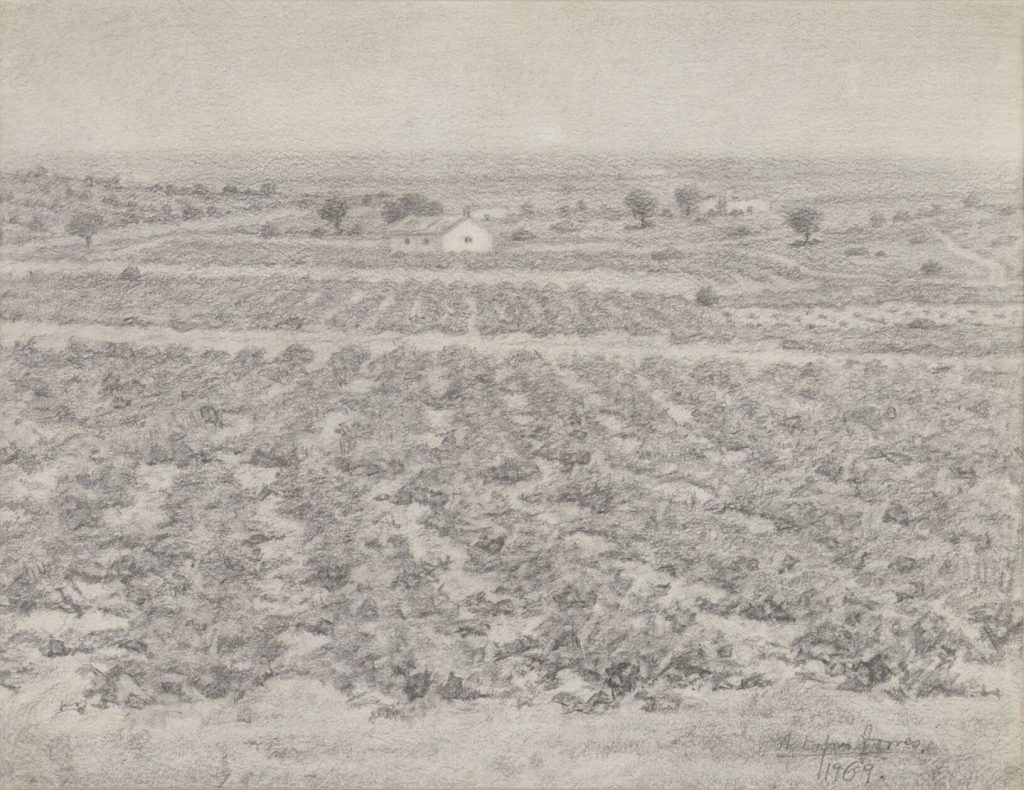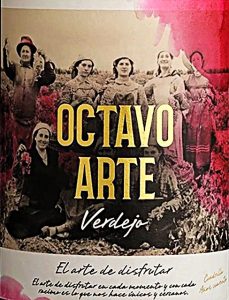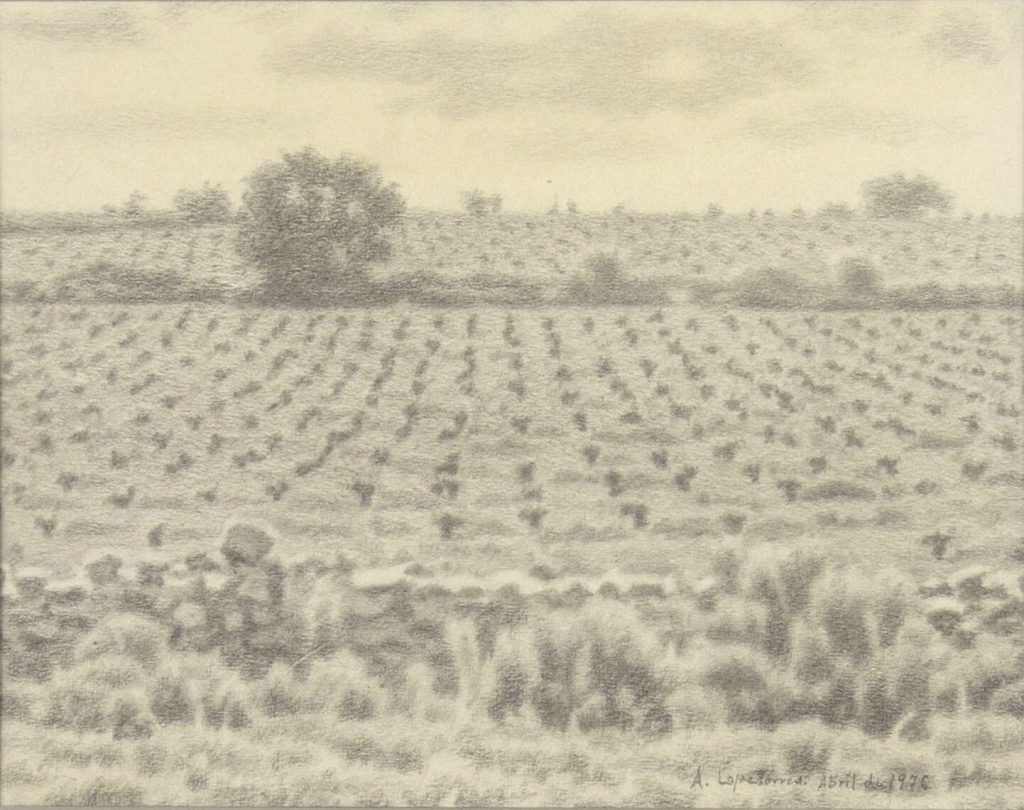The Uva From La Mancha
Octavo Arte Verdejo, La Mancha, Spain
I stumbled upon this wine at a dinner in Ha Noi this past week and found it absolutely delightful. Matched as it was with a ‘jumbo’ prawn, perched atop a Caesar salad, in the Ngan Dinh Restaurant of the Hotel Daewoo. I would later learn that it had collected a gold medal at the prestigious Sommeliers’ Choice Awards in the United States this year, and I can only add, deservedly so.
The Vineyards of La Mancha
The wine comes from La Mancha, Spain, which lays claim to being the world’s largest wine region by land planted, with approximately 200,000 hectares under vine.
The region is on the Meseta Central of Spain within Castilla-La Mancha, an autonomous community known for its high plains, Don Quixote-style windmills, vast vineyards, Manchego cheese, and a rich artistic heritage.
The vineyards are typically planted at high altitudes ranging from 400 to 800 meters (1,300 to 2,600 ft). The climate is continental with hot, dry summers and cold winters.
The vineyard soils are primarily calcareous, poor in organic matter, and often stony, gravelly, and loamy clay. These vineyards often have limestone and chalk in their subsoil, which forces vines to develop deep root systems, contributing to the quality of the grapes grown in the region.
The Winery of Tomelloso
The Octavo Arte wines are produced in the town of Tomelloso by the wine cooperative, Virgen de las Viñas Bodega y Almazara, which operates as both a Bodega (winery) and Almazara (olive oil mill). The cooperative was established in 1961, and claims to be the biggest wine cooperative in the world.
The township of Tomelloso is also famous for the approximately 2,300 caves beneath its surface, dug out for the purposes of storing wine. ‘Lumbreras’ (which are ventilation grilles for the caves) can be seen all over the town. Many of these caves still contain the traditional clay and cement vats, along with other traditional wine-making tools.
The vast bodega of Virgen de las Viñas is a major employer in the area and contributes significantly to the socioeconomic development of the La Mancha region. The cooperative is home to the Infanta Elena Museum of Contemporary Art, which hosts a culturally important annual art competition.
The Artist From La Mancha
Tomelloso is also the home of another great artistic institution, the Antonio López Torres Museum, which preserves the legacy of its most famous painter.
Antonio López Torres (1902 – 1987), in photographs of the artist, appears as if his life has been drawn across his weathered face, an ancient map of a harsh land, sketched out during even harsher times. However, in his eyes, one can glimpse beyond the stoicism to see the moistening, the glint, the melancholy, the compassion and a certain yearning of a man who felt his sense of place and his people somewhere very deeply within his soul.
Here is an artist who lived through world wars, the Spanish Flu (which had spread to Spain from France), killing an estimated quarter of a million people. He endured the Great Depression and the political instability of his homeland, which oscillated between monarchy, dictatorship, and republic, culminating in the devastating Spanish Civil War (1936–1939) and a long dictatorship that ended with Franco’s death in 1975. The century ended with a transition to a parliamentary democracy as a constitutional monarchy, and a dramatic societal transformation from a rural to an industrial society. All of this within the artist’s lifetime.
He was known to his local townsfolk as a quiet, discreet and introverted man who would be seen walking to the fields over and over again carrying his easel, painting materials and panels, looking to capture the right light, the right colours, a moment in time. What he captured, of course, was the essence, the beating heart, humanity, and the beauty of this place. What he gave was a gift to this town, to La Mancha, its people, and the world.
His early works were often portraits; by the 1930s, he was painting rural landscapes. After the Second World War, he began depicting people in rural scenes of everyday life, often children, playing or performing chores in the fields and farms all around him. It was as if he wished to portray an age of innocence, and perhaps some hope and a certain faith in the future of his people and this town.
Upon his passing, Antonio López Torres donated all of his works to the town of his birth, and the people of Tomelloso built a museum for them and dedicated it to him. The museum houses over 100 works by the artist, including some hauntingly beautiful unfinished pieces.
Through his skill as a painter, his use of colour, and his choice of subject, Antonio López Torres created a love letter to his town and its landscape. His work is a deeply personal capture of a place and its people—an ode, almost like poetry in colours.
The Uva From La Mancha
A non-vintage white wine from a giant producer in the biggest wine region on the planet, this did not exactly inspire me; however, I approached the tasting with as open a mind as I could possibly muster.
Whilst the region has vast planting of the Airen, Spain’s ubiquitous workhorse white grape, the Verdejo grape is also making inroads here. More famous from Rueda, it is a variety I have enjoyed a great deal and have previously professed a bright future for, along with another Spanish white grape, Albarino.
The Verdejo variety has its origins in North Africa and migrated to Spain sometime around the 11th century. The Mozarabs, Moorish inhabitants of the Iberian Peninsula, are thought to have introduced the grape here.
Initially used to produce a ‘sherry’ style wine, by the mid-1900s, it was all but extinct. Thanks to the efforts of people like Ángel Rodríguez Vidal at Bodega Martinsancho, who preserved and propagated the remaining Verdejo vines, and the French oenologist Emile Peynaud, who, during his consultancy at Marqués de Riscal, gave the variety an audience, Verdejo initially survived and is now thriving on the international stage.
Such is the recent success of the variety that it has begun to spread its wings at home, and we now find plantings in regions like La Mancha, where the bony ground and harsh climate are producing Verdejo grapes in low yields of remarkably high quality.
Octavo Arte from La Mancha
100% Verdejo
Aromas are of cut straw, lemon zest, field flowers, tangerines, and wild herbs; fresh and attractive. The palate shows a medium-bodied white wine with attractive citrus and fresh orchard fruits on the palate. There is some welcome complexity, with notes of wild herbs, and a slightly briny, mineral finish of vibrant acidity. The wine exhibits impressive evenness, balance, and length through the palate, with refreshing structure and a lingering, attractive finish.
Drink it young and fresh with an epic seafood paella, or a platter of green olives, Manchego cheese and membrillo quince paste. 88/100
Darren Gall

